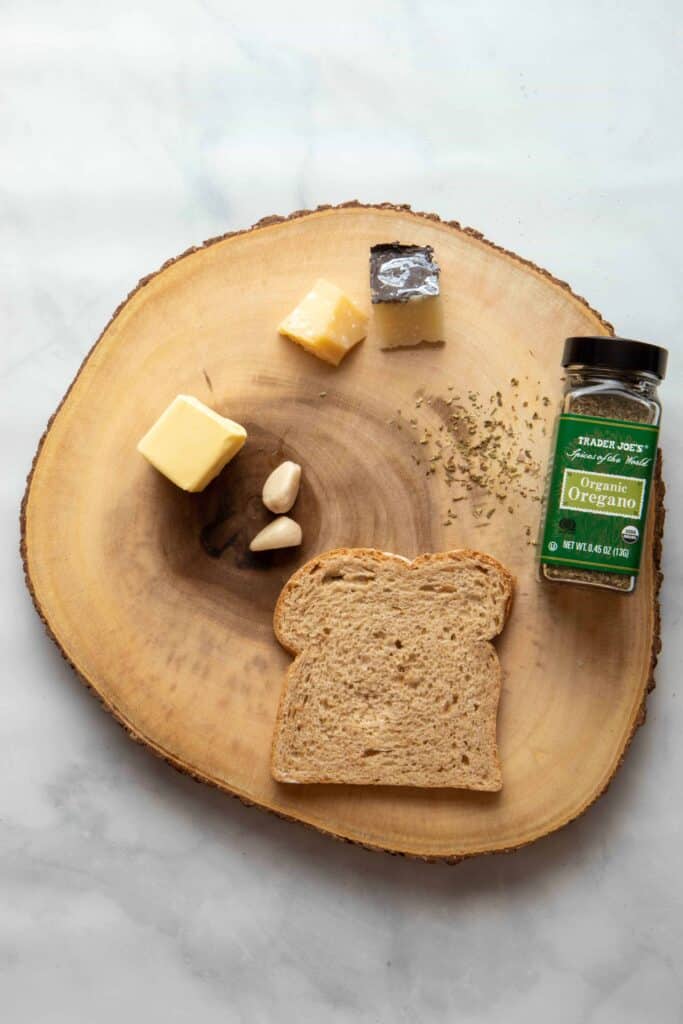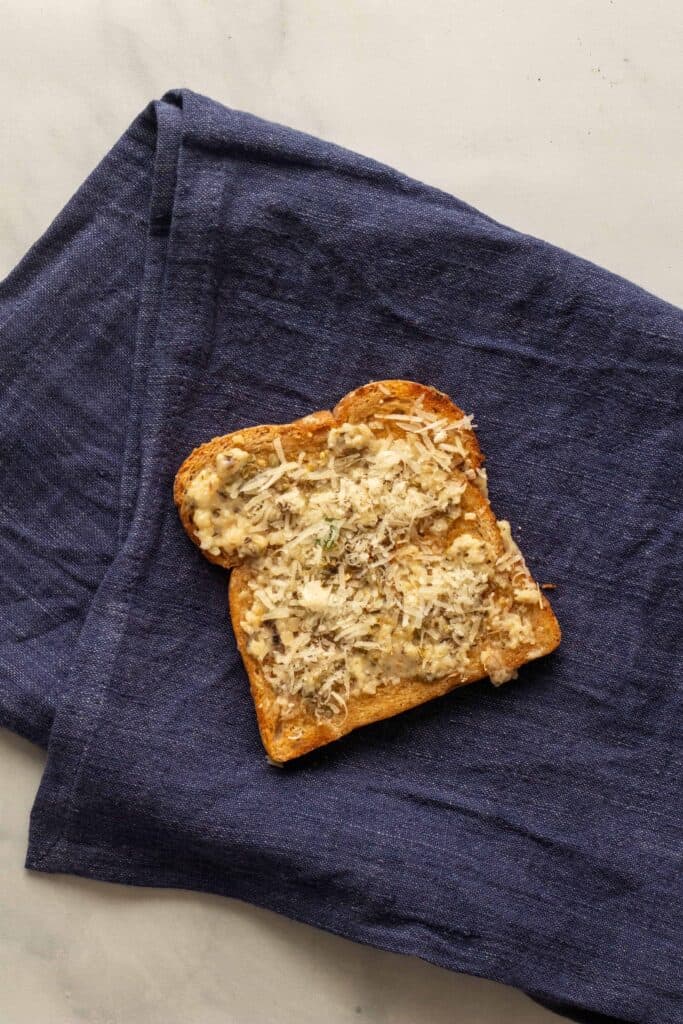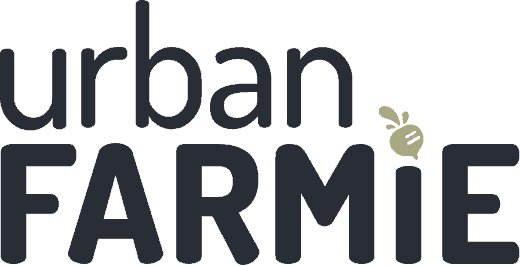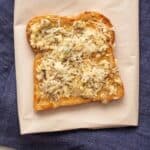Okay, I know what you're thinking - what is an Italian toast, that's not bruschetta or crostini? Well. One thing is for sure - don't just Google Italian toast. You'll literally get a bunch of wedding toasts ... in Italian. I was craving this garlicky cheesy toast that I had in Sicily on a random side street in a small little town that I can't even remember the name of. And I never had it again. So, when I started writing this post on all these savory toasts from around the world, I knew I had to write one on my favorite Italian toast.
So, what's in this toast?
By now, you probably guessed that there's some kind of cheese involved. And you're absolutely right. This toast has garlic butter, and shaved pecorino Romano cheese. Better yet, it's topped off with parmesan. So, in a way, it's a spin on a cacio-e-pepe toast. I finished it off with some oregano to give it a kick. But speaking of cacio-e-pepe, head on over to my authentic and fool-proof cacio e pepe recipe.

What's the difference between bruschetta and crostini anyway?
The joys of learning Italian, I tell you! So, bruschetta and crostini are both technically Italian toast. Bruschetta (from the Italian word, 'bruscare') means "roasting over coals". In earlier times, bruschetta was made by roasting large, whole pieces of bread (typically rustic, like a sourdough). Traditional bruschetta is always tomato and basil. On the other hand, crostini, literally meaning, "little toast" are smaller pieces of bread (and from finer breads like French baguettes, I know - the irony). They're piled on with a bunch of different types of cheeses, meats and spreads. It's common to see 4-5 different types of crostini if you go out during the Italian happy hour, aperetivo.

If you're wondering what my Italian toast recipe has to do with either of these? Well. I suppose it's closer to a crostini in topping, and to a bruschetta in size. So, really, it's neither. It also doesn't look as vibrant as most bruschetta or crostini. But what it is, is delicious. So, jump on to the recipe.
📖 Recipe
Cheese Toastie (Italian Cacio e Pepe Toast!)
Ingredients
- 2 slices bread, white, sturdy
- 1 tablespoon butter, softened, at room temperature
- 2 garlic cloves, substitute 2 teaspoon of minced garlic
- 2 tablespoons shredded fontina cheese, roughly 2 oz
- 2 tablespoons shredded pecorino cheese
- ½ teaspoon black pepper, freshly ground
Instructions
- Soften two tablespoons of butter at room temperature. Mince 2 cloves of garlic and add this to the softened butter and whisk well with a fork. Note: If your butter is cold, just heat up some water in a glass (wide enough to cover the butter) for 1-2 minutes. Then, throw the water out and cover the butter with the warm glass. It'll soften up quickly! Try to avoid throwing the butter in the microwave if possible.
- Using a butter knife, spread garlic butter on 2 slices of toast generously. Turn them over. On one unbuttered side, add about ½ cup of shredded Fontina cheese. Then, add ½ teaspoon of freshly ground black pepper to the cheese. Place the other slice on top, with the buttered side facing outwards on both slices.
- Shred pecorino cheese in a large shallow bowl (optional, add a pinch more black pepper here as well). Then, place the toast in the bowl, buttered side down, so the cheese sticks to the butter. Repeat this and gently press down until you have a cheesy outer crust.
- Heat a large skillet on medium heat. Then, place the toastie on the skillet and cook uncovered for 4 minutes on one side. Flip carefully and cook uncovered for 2 to 3 minutes on the other side, or until the fontina cheese is fully melted. Serve hot!
Notes
- Choice of bread: I typically like using a nice sturdy white bread, like a sourdough. But you can really use any bread of choice as long as it's sturdy!
- Cheese substitutions: Fontina is a traditional Italian semi-hard cheese that tastes great on a toastie. But you can substitute this with cheddar in a pinch. Likewise, traditional Pecorino Romano cheese uses lamb rennet, so if you find it difficult to find vegetarian Pecorino where you live, you can also use vegetarian Parmesan!
- Seasoning: I typically just use black pepper and garlic, since the cheese has it's own saltiness. But you can add salt or other seasoning to your taste!











Comments
No Comments